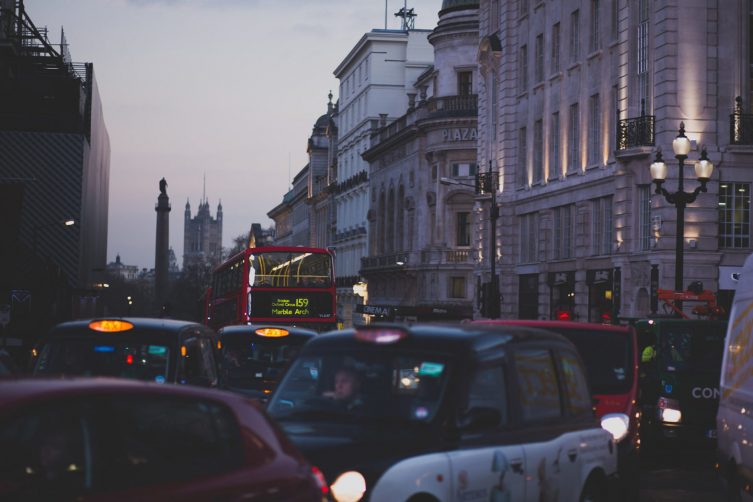
We’ve been sensing change for a while now. In what we see on the streets, in the questions our customers ask, in our own expectations of what our journeys should look like.
When we launched Matrix back in February, a subscription service that offers instant access to the latest mobility behaviors, we were asking our customers to switch from their normal annual consideration of how people in their communities want to travel and the associated replanning exercise, to having a continuous and ongoing understanding of people’s travel needs and behaviors.
Then a global pandemic happened and the world’s mobility map got redrawn overnight.
We don’t know how much of this change is here to stay. It is very likely that a significant proportion of the pre-pandemic travel behaviors will have been transformed permanently by the time all restrictions on mobility are lifted.
What will definitely remain is how we consider human mobility and the role it plays in deciding what infrastructure to build and how to make the most of it. Age-old analogue processes and manually gathered data are no longer adequate; an active, ongoing understanding of what works and what can be improved upon is now a widely accepted operational necessity.
Here are some of the questions we are helping our customers answer these days:
How do I adapt my services in unprecedented circumstances?
How do I keep my stakeholders informed and my staff and passengers safe?
How do I keep in step with new emerging behaviors?
Finally – how do I go back to ‘normal’?
We expect this last question to be an ongoing exploration of what’s happening, as we collectively come up with a new definition of what we want our ‘normal’ to look like: Do I take the train or my car? Do I stay at home? Do I go early or come back late?
The good news is – there will be a ‘normal’, we will find our way forward. What’s for the taking is a chance to get it right. To synchronize travel services better. To service everyone in the society equally. To run at the right time and the right capacity. To be profitable.
Working and living under a global lockdown will lead to an even greater demand for dynamic scheduling and more travel options at people’s fingertips. A symphony of mobility at mass transit scale is no longer a vision, but a real need waiting to be fulfilled.
We have the tools and the will to make it happen. More cars on the road is not the answer. Better planning and timely execution are.